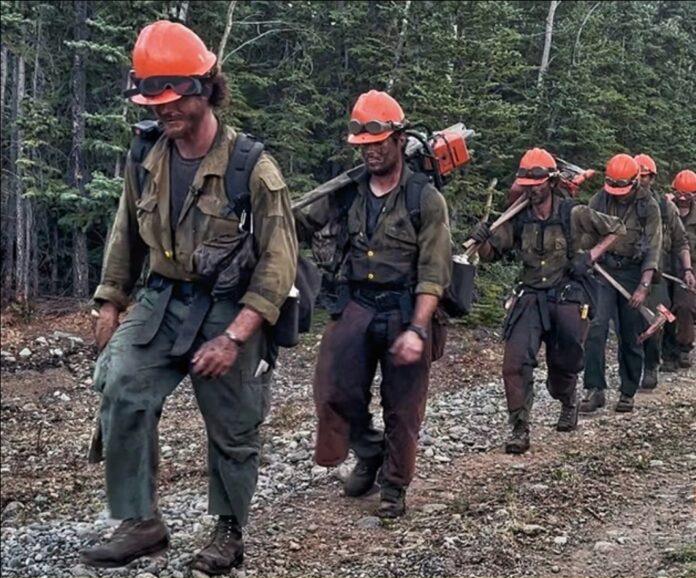
Fire season in Alaska is winding down, bringing cooler nights, shorter days, and a noticeable decrease in wildfire activity across the state. On Tuesday, the Alaska Interagency Coordination Center lowered the Alaska Preparedness Level from 2 to 1, the lowest designation, due to reduced fire danger and resource demand. Preparedness levels range from 1 to 5, with 5 representing the most severe conditions.
So far in the 2025 fire season, Alaska has recorded 420 wildfires that have burned roughly 995,000 acres statewide. Of the 168 fires still active, 11 have been declared “out” in the past two days.
The slowdown is largely due to abundant recent rainfall, which has dampened fuels and eased wildfire conditions. Shorter daylight hours, cooler temperatures, and stronger overnight moisture recovery are expected to keep the trend going. Overnight lows dipped into the 30s in the Interior this week, with Salcha recording temperatures in the high 20s.
While Alaska’s fire threat has eased, the national fire season is going strong. The National Preparedness Level is currently at 4, prompting Alaska’s wildland fire agencies to send some crews to assist firefighting efforts in the Lower 48. Officials say they will maintain sufficient crews and aircraft in-state to handle any new incidents, especially in eastern Alaska, where dry conditions persist.
The Alaska Division of Forestry and Fire Protection said burn permits remain required for any open burning on state, private, and municipal lands through the end of August. This includes burning brush piles, using burn barrels, agricultural burning, and lawn maintenance burns. Permits and information on local restrictions are available at dnr.alaska.gov/burn.